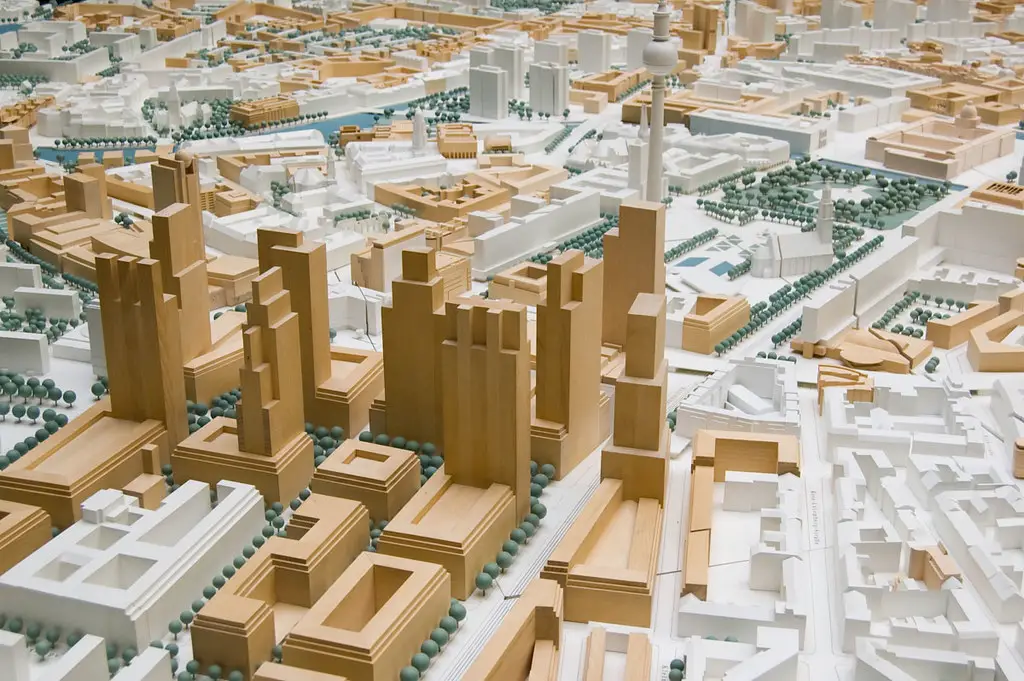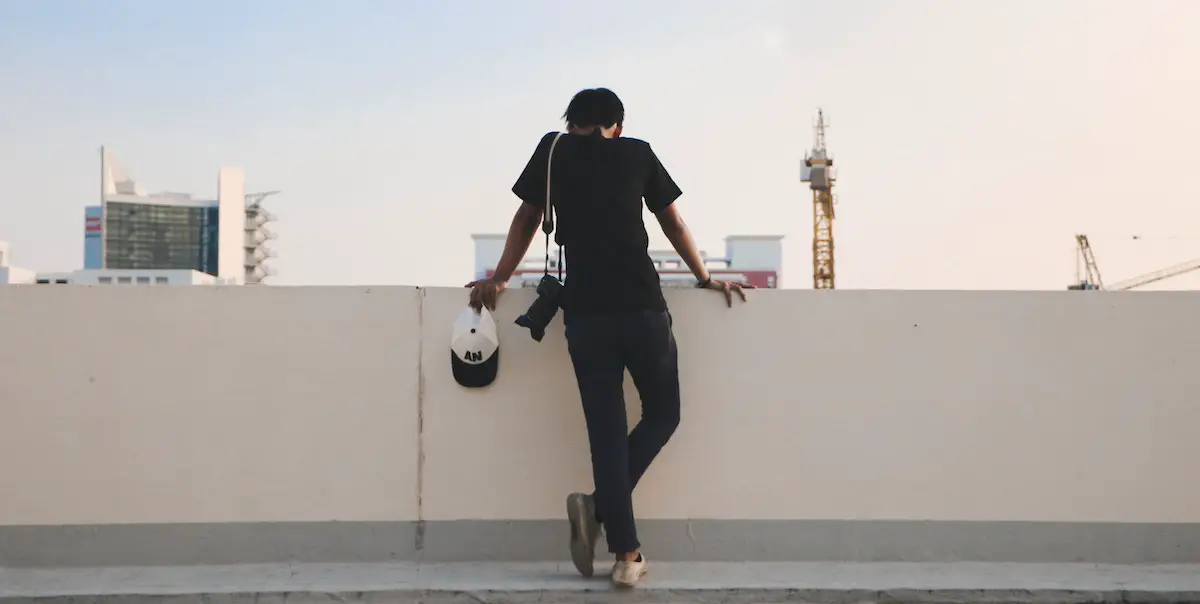On February 11th 2010, Mayor Bloomberg of New York city announced that Times Square and Herald Square were to become permanently car free, after a successful trial period which began last spring.
In this day and age if you go around the world, all the other great cities have already tried to reduce the number of cars on their streets and convert some of the open spaces into space for other people.
This notion of opening space for people is the main driving force behind the pedestrianisation of city centres, and the reason for Geneva’s plans to close 200 streets to cars. The plan is yet to be enacted, and is already facing some opposition from large businesses, but if it becomes a reality, Geneva will become one of the world’s most pedestrian friendly cities. City council member Fabianne Fischer believes that closing these 200 streets to cars will create a highly liveable micro-city that benefits residents and the environment:
It’s not really to close 200 roads or streets in the centre of Geneva, but to open 200 streets to improved life in the neighbourhood. 200 places for pedestrian life or relationships corresponds to 200 schools, kindergartens, or even every type of people at home. The idea is to concentrate these pedestrian zones near these places in order to protect the more fragile people, older people, younger people.
With clear benefits to residents, and growing support from government organisations, does this mean the city of the future be a car-free zone? It is arguable that some cities have started to evolve in that direction. London currently has many shared-space schemes planned, including one on Exhibition Road that will see curbs, signage and road lines removed. The theory is that pedestrians, cyclists and drivers are more likely to use their own judgement and create a safer city.
A space where cars and pedestrians peacefully co-exist might be hard to imagine, but it has already been successfully attempted both in Britain and overseas. The shared space scheme on Brighton’s New Road has seen a 162 percent increase in pedestrian safety, and a 92 percent increase in cyclist safety, and in Drachten, Friesland, a 2002 shared space project on a busy junction has seen accidents fall from an average of 8.3 per year to just 1.

Part of the shared space philosophy is the removal of curbs, lines, and railings, instead allowing drivers and pedestrians to use their own judgement, a philosophy employed by the Mayor of London, Boris Johnson, when redesigning the Oxford Circus crossing this year. Modelled on the Shibuya crossing in Western Tokyo, it allows pedestrians to cross diagonally as well as straight ahead.
In addition to the new crossing, the entire area is being redeveloped with ease of use for pedestrians in mind. At Oxford Circus, street clutter and barriers have been removed, allowing visitors 70% more space to move and creating space around the Underground exits. New lighting and wider pavements are also being introduced on both Regent Street and Oxford Street. Boris Johnson calls the new crossing:
A triumph for British engineering, Japanese innovation and good old fashioned common sense.
So what about a space exclusively for pedestrians and cyclists? There are already many of these car-free zones on the planet, but most are in small, barely populated islands. The Ile de Brehat off the northern coast of France, and Sark – a tiny island 80 miles off the south coast of England – are both car free, with Sark’s neighbour Herm taking it one step further by banning bicycles.
However, islands don’t share a border with other countries and are therefore more able to enforce rules – just look at how Australia and Britain continue to drive on the left hand side of the road – so is the replication of these car free societies possible in a city? There are few examples that suggest it can, but Louvain-la-Neuve – a planned-city in Belgium – is one of the few. Inhabited from 1972 onwards, the city operates an ‘automobile under’ system which means the street level is entirely car free, with all roads and parking provided underneath the city.
While positive, these examples aren’t necessarily indicative of bigger trends. Indeed, as the world urbanises our love affair with the automobile appears to be the one constant. And as roads will carry more traffic, they’ll continue to crumble under the pressure.

Enter an ideas less serious than those so far in this post. In most places, road maintenance is not an exciting enough topic to secure an election win, which has left a metaphorical pothole in road infrastructure funding. Artist Pete Dungey has come up with a simple, beautiful but sadly thoroughly useless ‘solution’ for the pothole problem. His piece, ‘Pothole Gardens’, is pretty self explanatory, but he’s happy to admit it isn’t really viable:
If we planted one of those in every hole, it would be like a forest in the road.
And it would be a beautiful forest, until a car drove over it of course.
Photos: Jorge Fernández Salas, Krists Luhaers, Pete Dungey


